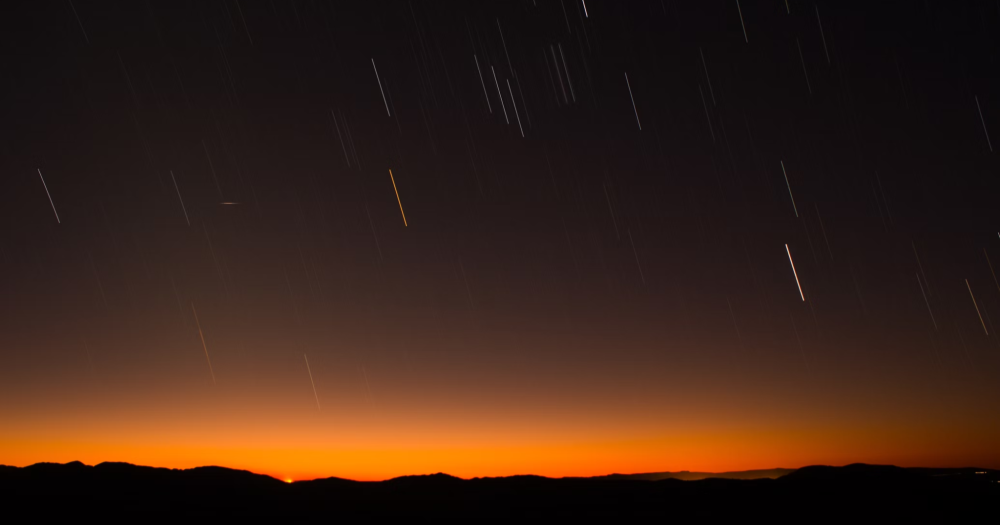Singaporeans may have missed out on the total solar eclipse in North America last month, but we will soon get the chance to witness a different celestial event.
A meteor shower is set to peak on May 6 and the morning of May 7.
The Eta Aquarids meteor shower peaks during early May each year.
Described as "above average" this year by the Singapore Science Centre Observatory (SCOB), the Eta Aquarids meteor shower is capable of producing up to 60 meteors per hour at its peak when observed from the Southern hemisphere, and 30 meteors from the Northern hemisphere.
Singapore is located on the edge of the Northern hemisphere.
The night sky will be darker than usual due to the nearly new moon, and the SCOB has said this year's shower should be an "excellent show".
The meteor shower is named for the star of Eta Aquarii in the constellation of Aquarius, from which they appear to originate.
However, SCOB said the meteors can appear anywhere in the sky.
How to catch the meteor shower
The SCOB said that the showers can generally be viewed with the naked eye provided there is no light pollution and cloud cover.
For best viewing, stargazers should wait till after midnight and find a "dark spot away from city lights, with a clear, unobstructed view of the sky".
You won't need telescopes or binoculars to see the meteor shower, but they can allow you to see "fainter meteors and details in the night sky".
Heading to a nature park or reservoir may help you get away from light pollution and get a clearer look at the sky.
However, the SCOB advises stargazers to read park regulations before visiting in the wee hours.
How meteor showers form
Meteors are rocky or icy debris ejected from comets or asteroids, explained the SCOB.
When the Earth passes through these debris trails, the meteors enter Earth’s atmosphere and burn up, leaving visible streaks in the sky also known as shooting stars.
The Eta Aquarid meteors originate from debris left behind by the famous Halley's Comet, which will next pass by Earth in 2061, according to NASA.
Other showers expected this year
According to the SCOB, the Perseids meteor shower will peak over Singapore between Aug 12 and 13.
Known for being one of the brighter annual showers, it gets its name from the constellation of Perseus.
The Geminids are also expected to peak on the night between Dec 13 and 14.
Related story
Top photo via Unsplash
If you like what you read, follow us on Facebook, Instagram, Twitter and Telegram to get the latest updates.



